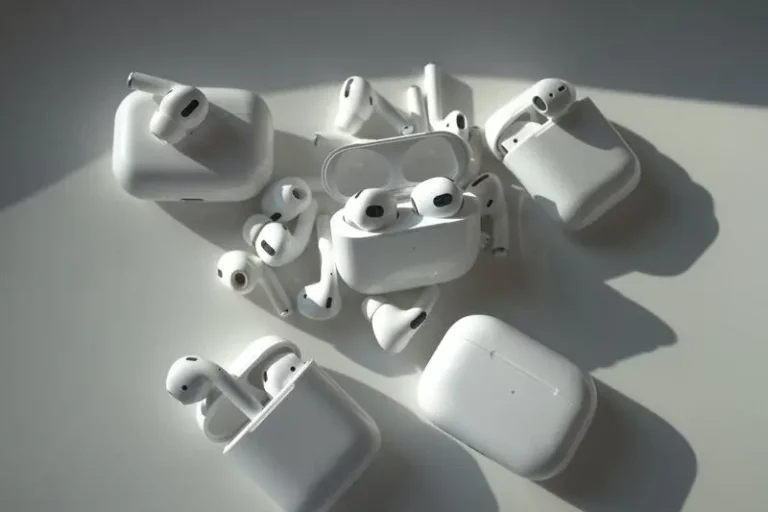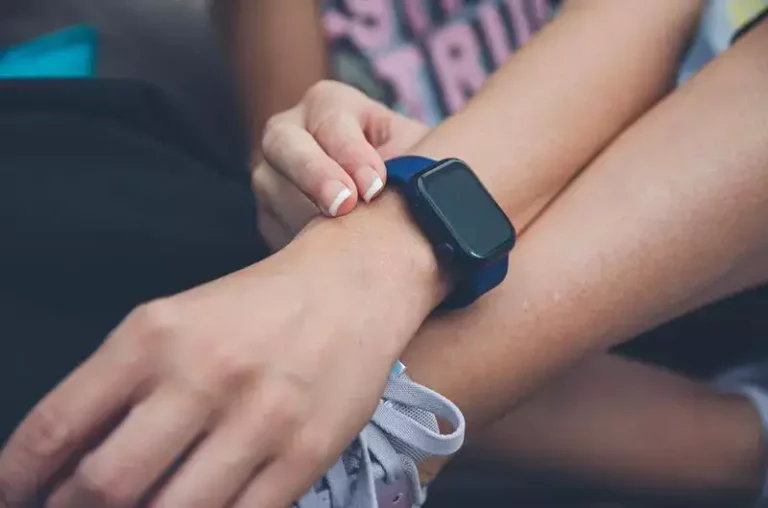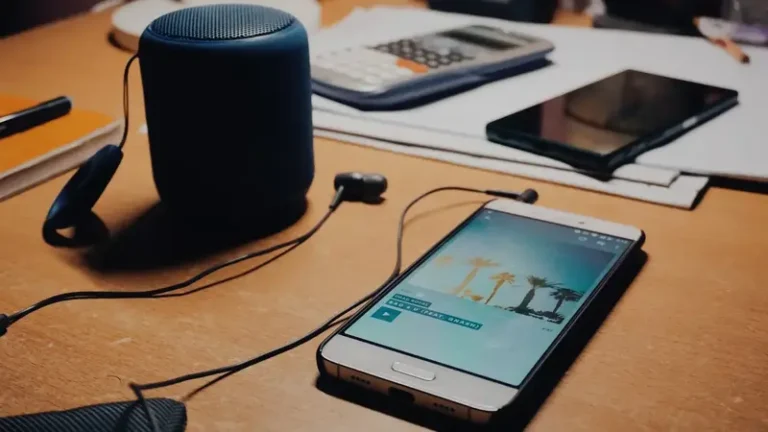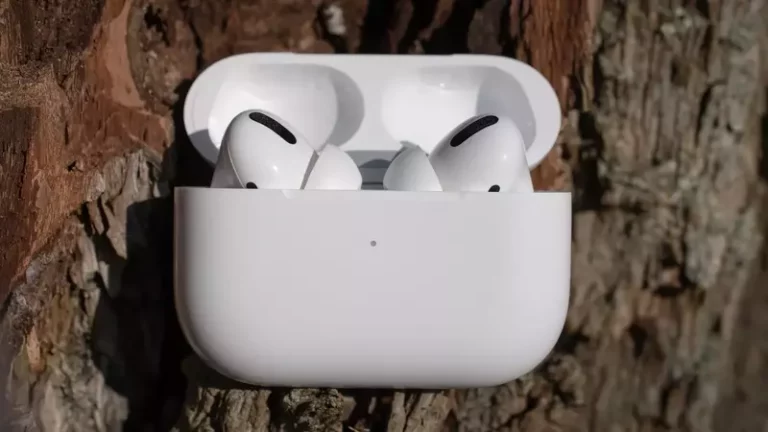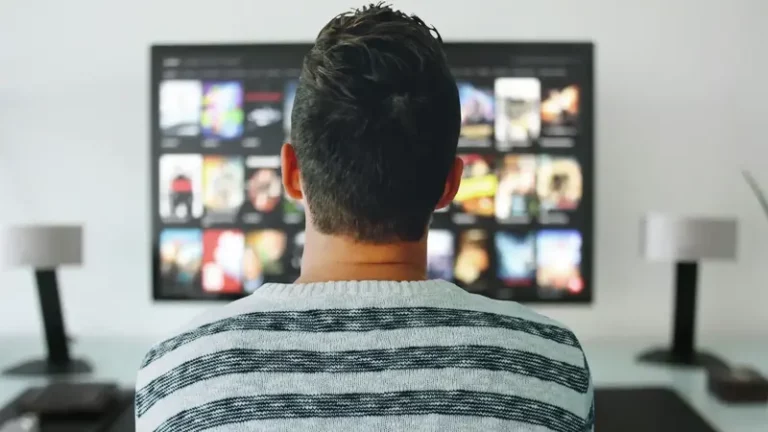Can Bluetooth Signals Go Through Walls? (Solved!)
There’s no doubt that Bluetooth technology has made our lives easier in many ways. But one question that continues to come up is whether or not Bluetooth signals can go through walls. So can Bluetooth signals go through walls?
Yes. Bluetooth signals can travel through walls. However, there are some things you need to know to make sure your signal travels effectively. The strength of your Bluetooth signal will be determined by two main factors: the power of your transmitter and the construction of your walls.
In this article, I will take a closer look at what determines if the Bluetooth signal can travel through a wall and different ways to strengthen the signal.

Can Bluetooth Signals Travel through Walls?
Bluetooth signals are transmitted via radio waves, a type of electromagnetic radiation. This means that they can travel through objects, including walls.
However, the strength of the signal will be weakened when it passes through these obstacles.
The following factors will determine how well your signal travels through walls:
READ MORE! Can Neighbors Connect to your Bluetooth Devices? (Solved)
The Power of Your Bluetooth Transmitter
The transmitter is the device that emits the Bluetooth signal. The power of your transmitter will determine how far your signal can travel.
If you have a powerful transmitter, your signal will be able to reach a longer distance.
The Construction of Your Walls
The type of material your walls are made out of will also affect the strength of your Bluetooth signal. Solid concrete walls will weaken your signal more than drywall.
If you’re trying to transmit a signal through a wall, it’s best to use an unobstructed path.
The Bluetooth Version
There are different versions of Bluetooth, and each one has a different range. The latest version of Bluetooth, Bluetooth LE, has a range of up to 400 feet.
This means that your signal can travel through multiple walls before it weakens.
Objects between the Bluetooth Connection
The number of objects between your Bluetooth connection will also affect the strength of your signal.
If there are a lot of objects, such as furniture, between the connection, it will weaken the signal.
The Range of the Device
This is the maximum distance your Bluetooth device can be from the transmitter and still receive a signal. The range will be determined by the power of your transmitter and the construction of your walls.
The wider the range, the more likely it is that your signal will be able to travel through walls.
The range of your device is determined by:
- The Bluetooth Spectrum Brand– Bluetooth uses different frequencies to transmit data. The most common is Bluetooth Low Energy (BLE), which has a range of up to 400 feet, and Classic Bluetooth, which has a range of up to 30 feet.
- The Output Power- This is the amount of power that your device uses to emit the signal. The higher the output power, the further your signal can travel.
- The Sensitivity of Your Device– This is the ability of your device to receive a signal. The higher the sensitivity, the further your signal can travel. The Bluetooth devices normally have a sensitivity of -90 dBm. This means that your signal can travel through multiple walls before it weakens.
- Transmit Power– This is the power that your device uses to emit the signal. The higher the transmit power, the further your signal can travel.
- The Design of the Antenna– The efficiency of your Bluetooth device’s antenna will also play a role in whether your signal can travel through a wall or not. A more efficient antenna will be able to transmit a signal further than a less efficient one.
How to Improve the Signal of Your Bluetooth so It Easily Goes Through Walls?
If you want to make sure your Bluetooth signal is able to travel through walls, there are a few things you can do:
Use a Powerful Transmitter
If you have a powerful transmitter, your signal will be able to reach a longer distance.
Use an Unobstructed Path
If you’re trying to transmit a signal through a wall, it’s best to use an unobstructed path. This means that there should be no objects, such as furniture, between the connection.
Use the Latest Version of Bluetooth
The latest version of Bluetooth, Bluetooth LE, has a range of up to 400 feet. This version has a much longer range than previous versions and is more likely to be able to travel through walls.
Upgrade the Devices to Have a Similar Bluetooth Version
If you’re using multiple devices, make sure they all have the same Bluetooth version. This will ensure that the signal is compatible and transmitted between devices without any issues.
Use a Bluetooth signal Repeater
The signal repeater will receive the Bluetooth signal and then transmit it, which will help to improve the range. You should place the repeater in an area where there is a clear path to the devices.
For example, if you’re trying to connect to a device in another room, the repeater should be placed between the two rooms.
READ MORE! 7 Genius Tips To Improve Your Bluetooth Connection
Advantages of Having a Strong Bluetooth Signal That Can Pass through Walls
A strong Bluetooth signal that can travel through walls has a few advantages.
You Won’t Have to Worry about Losing Your Connection If you’re in a Different Room
You’ll also be able to connect to far away devices, such as speakers in another room. This will give you the ability to control the audio in your home from any room.
If you have a strong Bluetooth signal, you’ll be able to use your devices in more places.
For example, you’ll be able to use your headphones while you’re in the backyard or take your speaker outside without losing the connection.
Your Connection Will Be More Stable
A stronger Bluetooth signal will also give you a more stable connection. This means that you won’t have to worry about your signal cutting out or becoming patchy.
If you’re looking for a Bluetooth device with a strong signal, make sure to check the specifications. The range and power of the transmitter are important factors to look for.
Potential Risks of Using Strong Bluetooth Signals in Closed Places Like Homes and Offices
Interference with Other Electronic Devices
A strong Bluetooth signal has the potential to interfere with other electronic devices. This can cause problems with your Wi-Fi connection or cause static on your phone line.
If you’re using a strong Bluetooth signal in an office, it’s important to make sure that it doesn’t interfere with any sensitive equipment. This includes things like computers, printers, and copiers.
READ MORE! Do Microwaves Affect Bluetooth Signals?
Health Risks
It’s also important to be aware of the potential health risks of using strong Bluetooth signals. These signals are electromagnetic waves, and exposure to them has been linked to cancer and other health problems.
If you’re concerned about the potential risks, it’s important to take precautions. For example, you can limit your exposure by turning off your Bluetooth device when you’re not using it.
You can also reduce your exposure by keeping your device away from your body. For example, you can use a hands-free headset or keep your phone in your purse or backpack instead of in your pocket.
FAQs
Can Bluetooth Signals Go Through Walls?
The strength of your Bluetooth signal will determine if it can travel through walls. If you have a powerful transmitter and an unobstructed path, your signal should be able to travel through multiple walls.
Does The Type of Wall Affect the Strength of the Signal?
The type of material your walls are made out of will affect the strength of your signal. If you’re trying to transmit a signal through a wall, it’s best to use an unobstructed path.
Do All Bluetooth Devices Have the Same Range?
No, all Bluetooth devices do not have the same range. The range of your device will depend on the specifications of the device.
How Can You Troubleshoot Common Bluetooth Problems?
If you’re having trouble with your Bluetooth connection, you can try a few things. First, make sure that your devices are within range of each other. If they are, try restarting both devices.
If you’re still having trouble, try moving your devices to another location. Sometimes, walls or other objects can block the signal. In order for the signal to pass through walls, it has to have a powerful transmitter that will make the signal stronger.
It is also possible that your devices are not compatible with each other. In this case, you’ll need to consult the user manuals for both devices.
Finally, if you’re still having problems, you can contact customer support for both devices. They may be able to help you troubleshoot the problem.
Final Thoughts
Bluetooth signals can travel through walls. However, the strength of the signal will be determined by the power of the transmitter, the construction of your walls, and the number of objects between the connection.
I hope this article has helped you know how you can improve the strength of your Bluetooth signal to get the best out of your Bluetooth devices.

Espen
Espen is the Director of ProPairing and has written extensively about Bluetooth devices for years. He is a consumer product expert and has personally tested Bluetooth devices for the last decade.

